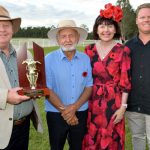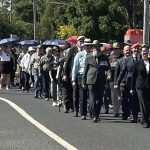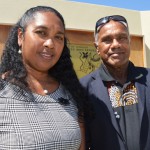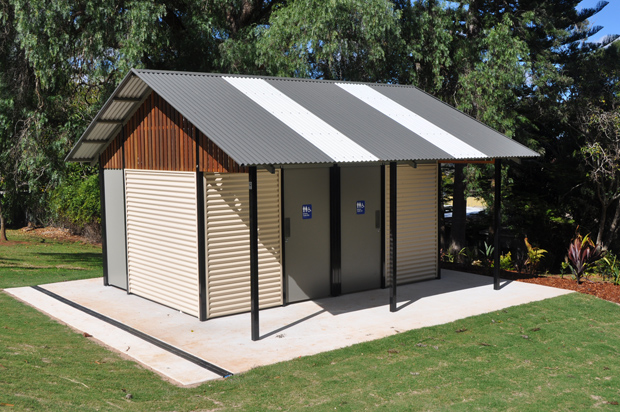
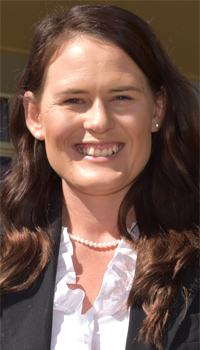
June 10, 2021
South Burnett Regional Council will conduct a cost-benefit analysis about the cleaning of the region’s 51 public toilets.
At present most Council amenity blocks are cleaned by contractors, and several of these contracts are due for renewal.
The remainder are amenity blocks located at Proston and Durong, or in the region’s larger cemeteries, which are cleaned by Council staff.
At Wednesday’s Community Standing Committee meeting Councillors were due to debate a motion to put contracts for cleaning public amenities in the region’s major towns out to tender.
But Cr Kirstie Schumacher said she could not support the motion as tabled.
Instead, she would like to see officers conduct an analysis to compare the cost of using Council staff against the cost of cleaning contractors.
Cr Schumacher said she had received many complaints about public amenities in Kingaroy since she was elected, and believed other Councillors fielded similar complaints in their own divisions.
Cr Gavin Jones said he “understood where Cr Schumacher was coming from” but noted that facilities in smaller centres such as Maidenwell seemed well looked after by Council staff.
Cr Kathy Duff agreed on the importance of clean amenities, saying lack of attention to this could seriously affect the region’s tourism.
However, she thought putting the cleaning contracts out to tender could offer Council the chance to secure the services of a large cleaning company that could do the lot and save Council money in the process.
Mayor Brett Otto said he thought Cr Schumacher had raised a good point.
In the interest of sound financial management, he proposed the matter lay on the table until officers could compare costs.
Officers said a number of contracts that would be put out to tender have now expired, so the cost data they were based on was several years old.
However, a recent contract could be used to estimate likely current contractor costs.
When Mayor Otto’s suggestion to lay the matter on the table was put to a vote it was carried 5-2, with Crs Duff and Henschen opposed.
* * *
The South Burnett Aquatic Centre at Nanango will get two new disabled change rooms and toilets, but supply constraints caused by the COVID pandemic mean they will come at a much higher price than expected.
At Wednesday’s meeting, Councillors voted to accept a tender for $271,503 for the work.
Officers reported Council had originally earmarked $90,000 for the project in this year’s Capital Expenditure budget.
However, price rises in materials and labour costs caused by the pandemic meant the original estimate was inadequate.
Council received five responses to a tender for the job.
Two of these were from local building firms which both received a 5 per cent price preference under the Council’s “Buy Local” policy.
Even so, both tenders were much higher than the successful bidder.
Another company’s tender – which came in lowest – was discounted because the bidder did not provide sufficient details and wanted the Council to work under its own terms and conditions.
In the end, Councillors voted unanimously to accept the second-lowest bid.
* * *
Recycling looks set to garner a steadily higher profile in the South Burnett over the coming decade as the region’s waste facilities reach capacity.
A 2017 report tabled at Wednesday’s meeting showed Kingaroy’s landfill was expected to close in 2030, followed by Murgon (2031), Nanango (2035) and Wondai (2036).
The Council would then be required to spend $11.5 million – in 2017 dollars – to rehabilitate the four sites.
Officers noted the study would be carried out again next year to ensure data on the expected life of the region’s landfills was up-to-date.
This report will be prepared by an independent company to ensure objectivity.
Officers also said closure dates were estimated on a “whole-of-system” basis which meant that when a landfill closed, the waste it formerly processed would be transferred to one or more of the remaining open landfills.
In the meantime, the estimated monthly tonnages accepted by each landfill will continue to be reported to Councillors on a monthly basis.







